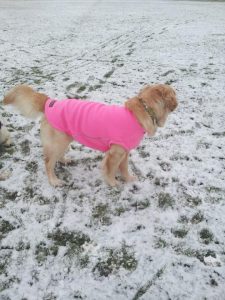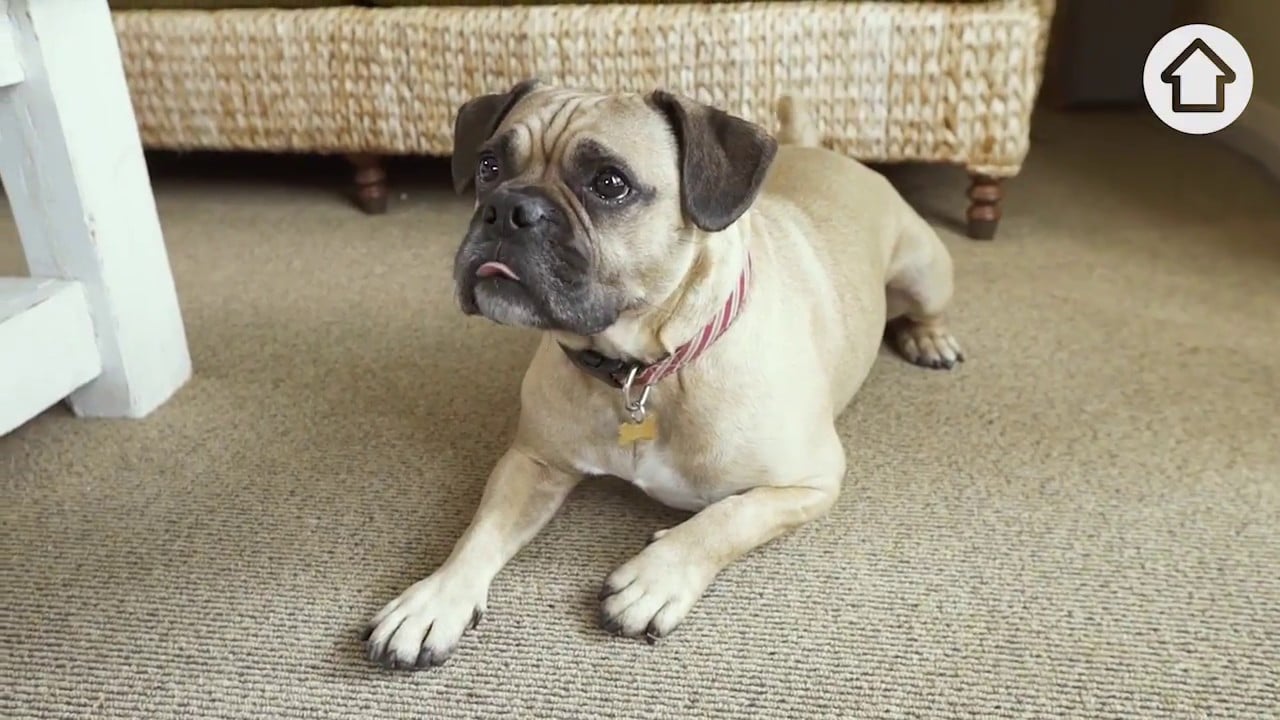Estimated reading time: 4 minutes
Table of contents

With the chilly weather expected to bring freezing temperatures this week, we all need to care for our pets to keep them safe and warm. Does your dog prefer to cuddle up with a blanket on the sofa rather than go for a walk outside? Because your dog has a heavy, thick coat, he will still feel the temperatures drop. It’s just as likely that your dog will suffer from low body temperature, hypothermia, and frostbite symptoms of frozen skin as humans do.
- A dog’s fur coat will provide some protection against the terrible, cold weather, but the majority of domestic dogs are not adapted to cope with freezing temperatures.
- You can safeguard your dog from the cold with some common sense and simple steps. Many precautions and measures you take to keep warm will also keep your pooch warm and safe.
Limit dog walking time outdoors
A dog’s ears and nose are very exposed in cold weather, and their paws are in contact with cold pavements, so it’s best to only take them outside for periods of exercise and activity, with shorter, brisk walks. Never place your dogs outside for long periods and leave them unattended. If your dog doesn’t like the cold weather, it is best to avoid late evening walks and instead change your walking routine and go to the park late morning or early afternoon, when you may at least see some sunshine. Play games of fetch and chase a ball together, keeping you both warm while you run around.
Dress them in sensible, warm outerwear
Small dogs, especially those without much hair, will benefit from a dog coat or jumper, especially when there is a chill in the air. Older and young puppies can also find it difficult to control their body temperatures and maintain body heat.
Dry his paws after an icy walk
When you’ve been out for a winter walk on frosty, icy pavements, get into the habit of always wiping your dog’s paws with a towel when he returns home. Snow, ice and salt can build upon his paws, causing painful, cracked areas on his pads. Keep the hair short and trimmed between his toes to prevent ice build-up. Motorists use de-icers and antifreeze on their cars at this time of the year, but these chemicals can be deadly to your dog if swallowed. If your dog licks his paws, he can swallow these toxins when he returns home after a walk.
Pet-proof your home
As we try to keep our homes warm, be aware of the dangers to your pet from open fires, wood-burning stoves and gas fires. Your dog will edge towards the heat without realising that he could be easily burnt. A blanket or dog bed should be sufficient to keep him warm while he sleeps.
Moisturise his skin
Cold, dry weather can harm your dog’s skin. Add a coat and skin supplement to his food to help to prevent flaky, dry skin. Fish and coconut oils are easy food additives that help keep his coat healthy and his skin moisturised. A small amount of coconut oil can be rubbed onto your dog’s paws if they appear to be cracking.
The harsh winter season brings many worries for responsible dog owners. Biting winds and cold, numbing damp days can bring lots of discomfort to your much-loved pets. Paying particular
attention to your dog’s needs and giving lots of snuggled cuddles with your pup are brilliant ways for everyone to keep warm!
Finally dont forget your own winter skincare
Below are some other related winter articles

